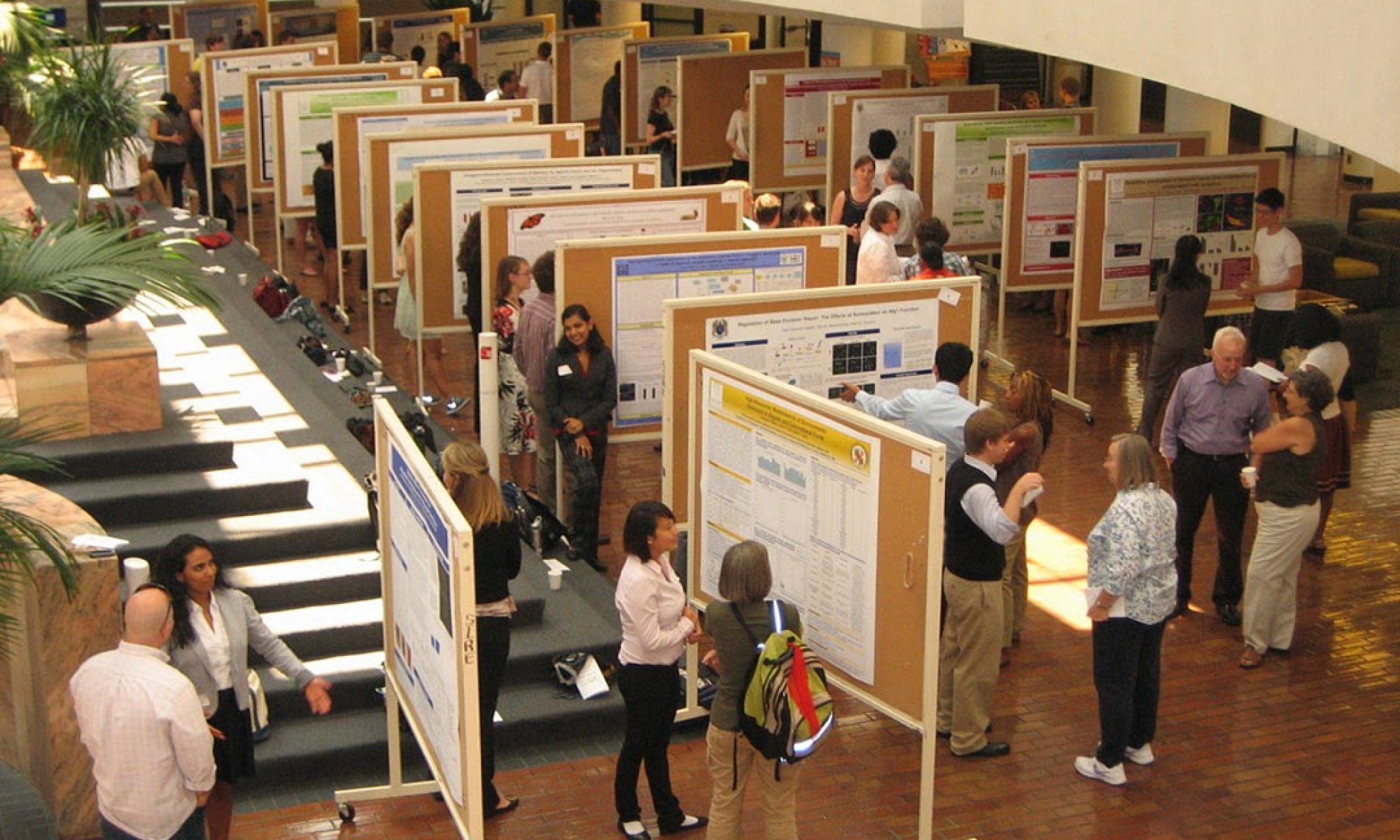Chronotype and Facial Affect Processing: An Assessment Among the College Population
By Eli B. Recht
Paper Overview:
My assignment for my first week in Dr. Rodman’s lab was to read the Senior Thesis of one of her former researchers, Eli Recht.
Eli starts out by mentioning that past research indicates that evening-oriented individuals have a predisposition for developing mood disorders, which impairs social functioning. His particular research looks at the impact of chronotype (individual circadian rhythms) and temporal (time of day) preference on social cognition, particularly facial processing. In other words, he wanted to see whether or not eveningness is related to social cognition. Eli’s paper includes literature reviews on the topics of chronotype and facial affect processing, which then allowed him to form his own hypotheses. Personally, the literature reviews were beneficial to read, as I am new to the topic.
Literature Review of Chronotype:
First, Eli gives the reader some background information on circadian rhythms. Circadian rhythms are 24-hour internal rhythms influenced by zeitgebers (external cues from our environment) such as light. Humans are diurnal, meaning that we are active during periods of light and rest during periods of dark. The hypothalamus’ suprachiasmatic nucleus (SCN) synchronizes many functions (including daily rhythms of wakefulness and sleep, hormone secretion, body temperature, performance, endocrine regulation, metabolic activity, sensory integration, alertness, heart rate, and gene expression) when it receives light signals through the retina. Circadian malleability refers to the flexibility of our rhythms to adapt to a changing environment, which is why we can alter our circadian rhythms with artificial light. Our circadian rhythms can also be altered by non-photic zeitgebers, including body temperature, attention, memory, sensory integration, locomotor activity and exercise, exogenous melatonin, food intake, drugs, stress, emotion, and social interaction.
Moreover, Eli discusses the differences between owls and larks. Owls are those who prefer to be active in the evening, whereas larks prefer to be active in the morning and have earlier times of peak alertness and food intake, and higher daytime core body temperatures. Larks also have more regular sleep patterns, as well as less disrupted sleep and sleep deprivation, compared to owls. Consequently, though, larks are less flexible in terms of shifting their sleep schedules. Additionally, owls and larks differ in their personality traits and moods; larks are cooperative, empathetic, motivated, whereas owls tend to be more pessimistic and show symptoms of major depression.
Interestingly, Eli mentions that eveningness is actually a genetic predisposition (vulnerability) for developing depression. In fact, light can be used as a treatment to improve mood for both owls and depressed people. Eli also discusses the influence of sociality on owls and depressed people. Staying up late to socialize with friends may actually cause depression by delaying one’s biological clock, leading to dysfunction of the SCN (which is connected to the limbic system and thus, emotions).
Literature Review of Facial Affect Processing:
Facial affect processing is the system by which we detect and interpret facial expressions and is thus critical to social competence. Eli mentions various brain structures involved in this process, including the fusiform face area and orbitofrontal cortex, superior temporal sulcus, and the amygdala. People with disruptions in sleep, attention, and mood actually perceive things differently, and the same goes for depressed patients, who perceive expressions as more negative. Also, research shows that people perform better on tasks during their preferred times of activity (relating back to owls and larks).
Hypotheses Generated from Literature Reviews:
- Evening types will perceive emotional expressions with less emotional intensity than morning or intermediate types, particularly at the low intensity range of expressiveness.
- Participants tested at their preferred times of activity will perceive facial expressions with more emotional intensity than participants tested at their non-preferred times of activity, particularly at the low intensity range of expressiveness.
Method:
This research was conducted on Emory University students ages 18-24. A Morningness-Eveningness Questionnaire (MEQ) was distributed to the participants to determine chronotype. Based on the results of the MEQ, students were then placed into two groups, preferred and nonpreferred, referring to the time of day that they were being tested. For instance, an evening-oriented individual being tested in the morning would be placed in the nonpreferred group. The subjects were shown four facial expressions (anger, happiness, sadness, and surprise), each with 10 gradients in emotional intensity. These expressions were then rated on a 9 point intensity scale, via a computer task.
Conclusions:
There was no significant difference in the average intensity ratings of the four facial expressions between chronotype groups or preferred or nonpreferred time groups; thus, his original hypotheses were not supported. Eli’s, his experiment was still informative to the lab! He conducted an exploratory data analysis and found a time of day effect. (An EDA is basically when statisticians see what the data can tell them beyond the original hypotheses in order to form new hypotheses and experiments.) Essentially, subjects would rate the intensity of facial expressions higher at the higher ranges of intensity during the evening. (This means that, for example, at night, you are more likely to perceive someone’s expression as even more intense than usual.)
Questions/ Future Directions:
Based on this study, perhaps we could look further into the time of day aspect. Also, I am curious to see if we could expand this research to other age groups.

